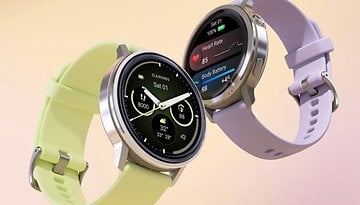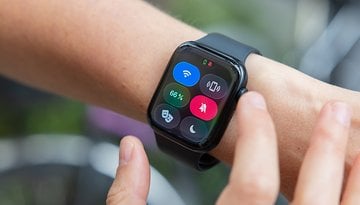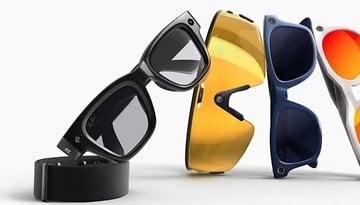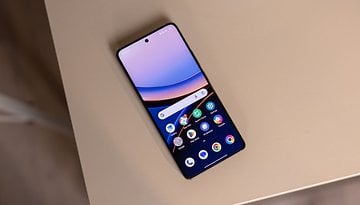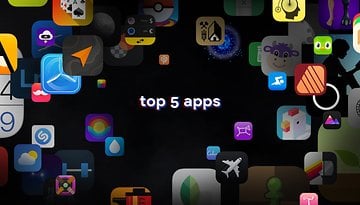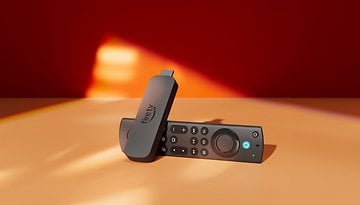Smartwatches Are No Longer Just for Fitness They Can Actually Save Your Life
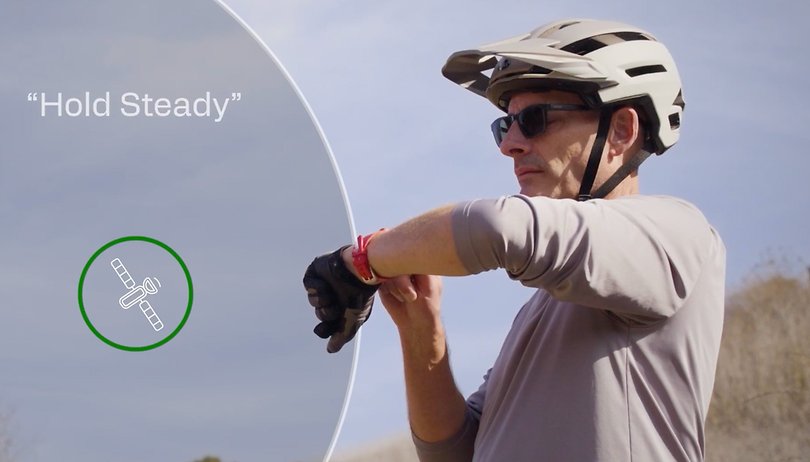

Smartwatches have long been about fitness tracking, heart-rate checks, and quick glances at notifications. Handy, yes, but not exactly for everyone. The thing is, Qualcomm is now putting something on the table that could capture a lot more people’s interest. With its new Snapdragon W5 Gen 2 and W5+ Gen 2 platforms, the smartwatch is stepping beyond workouts and wellness into something much bigger.
After three years without updating its Snapdragon chips for wearables, the American chipmaker has unveiled the Snapdragon W5 Gen 2 and W5+ Gen 2. The list of upgrades is long, but the headline feature is clear: on-device satellite messaging. For the first time in the Wear OS ecosystem, you will be able to send and receive messages via satellite straight from a watch without depending on a phone.
The first mainstream device to showcase Qualcomm's new platform is the Google Pixel Watch 4, released today. And the difference matters. While Apple and others still rely on paired smartphones for satellite connectivity, Qualcomm has built the Narrowband Non-Terrestrial Network (NB-NTN) directly into the chip. That changes what a smartwatch can be.
Satellite messaging and sharper GPS
Satellite messaging is more than just a new feature to tick off. It turns the smartwatch into something you can actually rely on when things go wrong. Picture a hiker who loses the trail, a family cut off during a storm, or a driver stranded far from cell coverage. In those moments, being able to reach out for help directly from your wrist—without needing a phone—changes what a smartwatch means.
Qualcomm prepared a video showing how the satellite connection works. You can choose between different scenarios like injury, getting lost, fire, and more. After aligning the smartwatch to the satellite, the message is sent. It’s pretty straightforward.
Qualcomm also took the opportunity to address another long-standing frustration: location accuracy. With its new Location Machine Learning 3.0 system, GPS precision is now up to 50 percent better than the previous generation. I will repeat this: 50 percent better in comparison to the previous generation. The chip actively learns to reduce errors caused by reflections in urban canyons or dense forests, areas where older devices would often lose track.
For users, satellite messaging and more accurate positioning shift the smartwatch into a different category. Again, it is no longer just for fitness tracking or quick notifications. It becomes a device you can count on when you need it most.
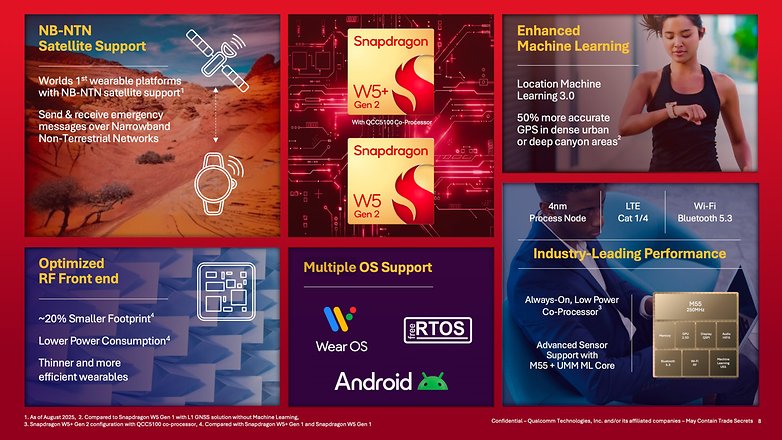
How this puts Wear OS back in the game
This decision could not come at a better time. For years, Wear OS devices have trailed behind Apple and Samsung, both of which design their own chips to ensure performance and efficiency. But with Qualcomm leaving its smartwatch chips untouched for years, Apple and Samsung had little incentive to push their own processors forward, which in turn slowed the pace of innovation across the market.
The W5+ Gen 2 has the potential to break that cycle. Smaller, more efficient, and carrying a feature Apple and Samsung still do not offer natively on their watches, it gives Google and its partners the ability to launch devices with something genuinely new to highlight. For the first time in years, Wear OS has a chance not just to catch up but to lead.
Xiaomi and Huawei have also been growing their ecosystems, particularly outside the United States. Huawei has already introduced satellite messaging on its Watch Ultimate, but Xiaomi has not. That still leaves Qualcomm and Wear OS in a rare position: bringing satellite connectivity to the broader Wear OS ecosystem and, for the first time, making it part of a mainstream global launch with the Pixel Watch 4.
The market context makes this even more important. Counterpoint Research points out that global smartwatch shipments are slowing as the category matures. Fitness tracking and notifications on their own are no longer enough to drive upgrades. Consumers are waiting for features that feel essential. Satellite SOS and more reliable GPS may provide exactly that. And while I believe there is still plenty of room for growth in health and fitness capabilities, they will not be the only reason people buy their next smartwatch.
If Qualcomm delivers on its promises, 2025 could be the year Wear OS stops chasing the competition and starts setting the pace. A smartwatch would no longer be just a fitness tracker but a device you can truly rely on.


